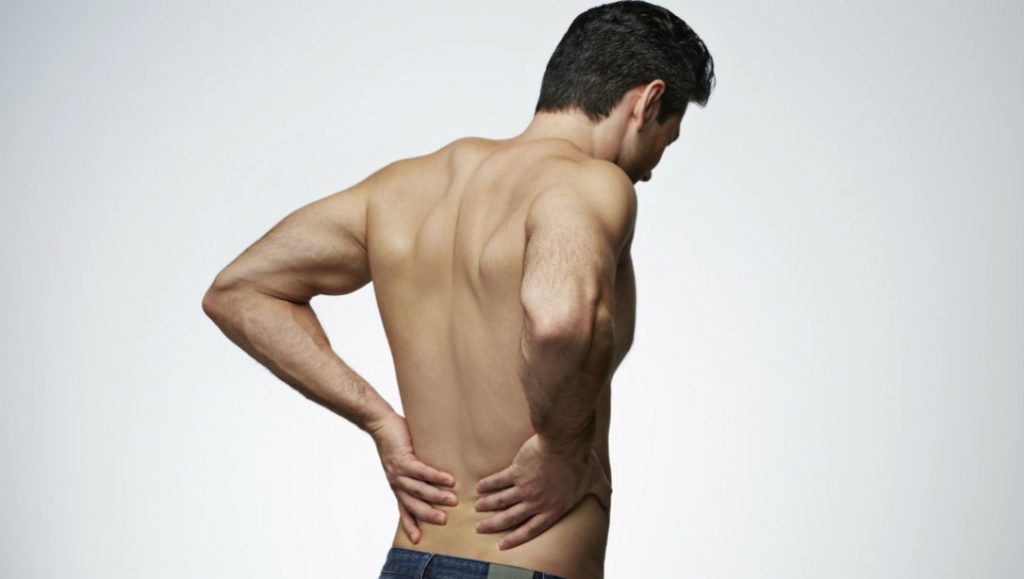In this post we discuss why stretching and massage won’t solve back pain and what you should focus on instead.

Whenever we have an uncomfortable sensation coming from an area of our bodies, we understandably want relief.
We also tend to feel instinctively the best way to achieve this is by direct contact with the area that hurts. Either by using massage, or self release type tools such as foam rollers and spiky balls.
If you suffer from back pain on a regular basis, you’ll know that whilst these approaches may provide temporary relief, they don’t seem to solve the problem.
Why stretching and massage won’t solve back pain
These approaches work on the assumption the issue is being caused by overactivity in the muscles of the back.
This will generally be diagnosed by palpating the area and deciding it feels ‘tight’. You will no doubt be lying on your front (prone) when this diagnosis is made.
This of course is entirely subjective.
There’s no way to tell how active a muscle is by touching it. If it feels contracted this could be the result of numerous factors including, movement deficiencies in other areas, inflammation, the direction your head is turned when lying down, or the understandable apprehension of having a practitioner touch you in an area where you feel pain.
So now a decision has been made that something in your back feels tight and regardless of it’s accuracy, the inevitable solution will be to give it a rub and / or stretch / manipulate it.
The treatment being employed will only have one consequence, inhibition of the muscles targeted.
In other words, the muscles being treated will be unable to contract directly afterwards and possibly for some time after the session. Especially if the practitioner uses enough force to cause pain.
What if the cause of back pain is something different?
What if the problem itself is not over activity but the opposite, under activity?
Muscles that aren’t contracting particularly well can display the exact same symptoms as their overactive counterparts. And as I said, it’s impossible to call which is which by touch alone.
Now what just happened? The problem was weakness and yes you are now even weaker than you were when you came in.
So here is the critical question, do you think people with back pain have strong backs or weak ones?
Given the success that strength training programmes can have on reducing the incidence of back pain, it seems more likely it’s weakness that’s the problem.
My own experience of working with people who suffer back pain certainly bears this out. In over 15 years of practice I have never encountered somebody who has back pain and doesn’t have accompanying weakness in their lumbar spine and elsewhere.
What can you do with this information?
The first thing to realise is that any treatment, therapy or technique that’s employed to reduce muscle tension will not provide a long term solution to your situation.
As I alluded to above, your back problem is probably not just a back problem either. It’s more likely that there are a number of weaknesses that are contributing at this stage.
The long term solution is a sensible, progressive strength training programme. This is the only ‘treatment’ that has a significant body of evidence behind it when applied in the correct manner.
Not only will this benefit for your back, it will also have a positive impact on just about every other marker of health as well.
Back pain sucks. Get stronger and enjoy your life more.
Book a call to find out how your muscular system may be contributing to your back issues.